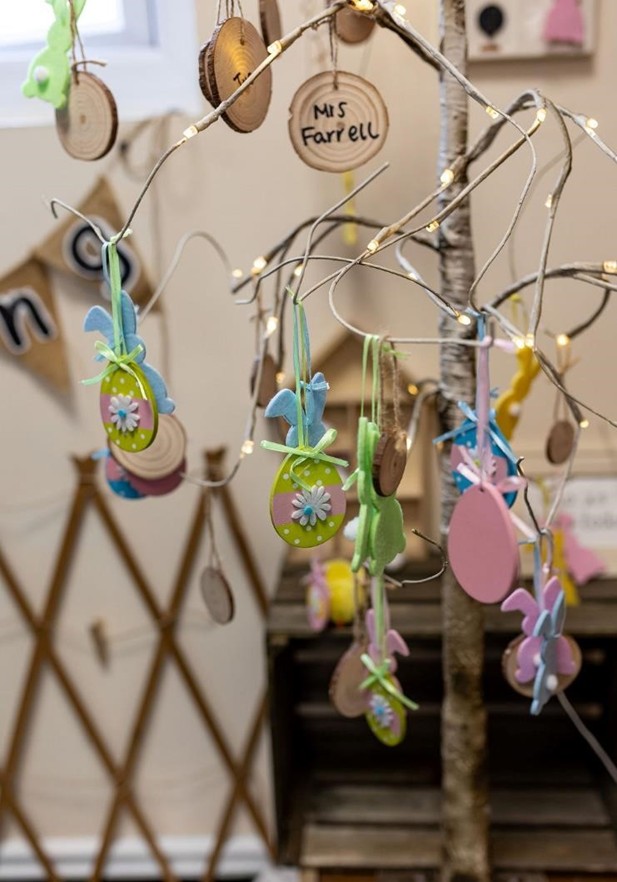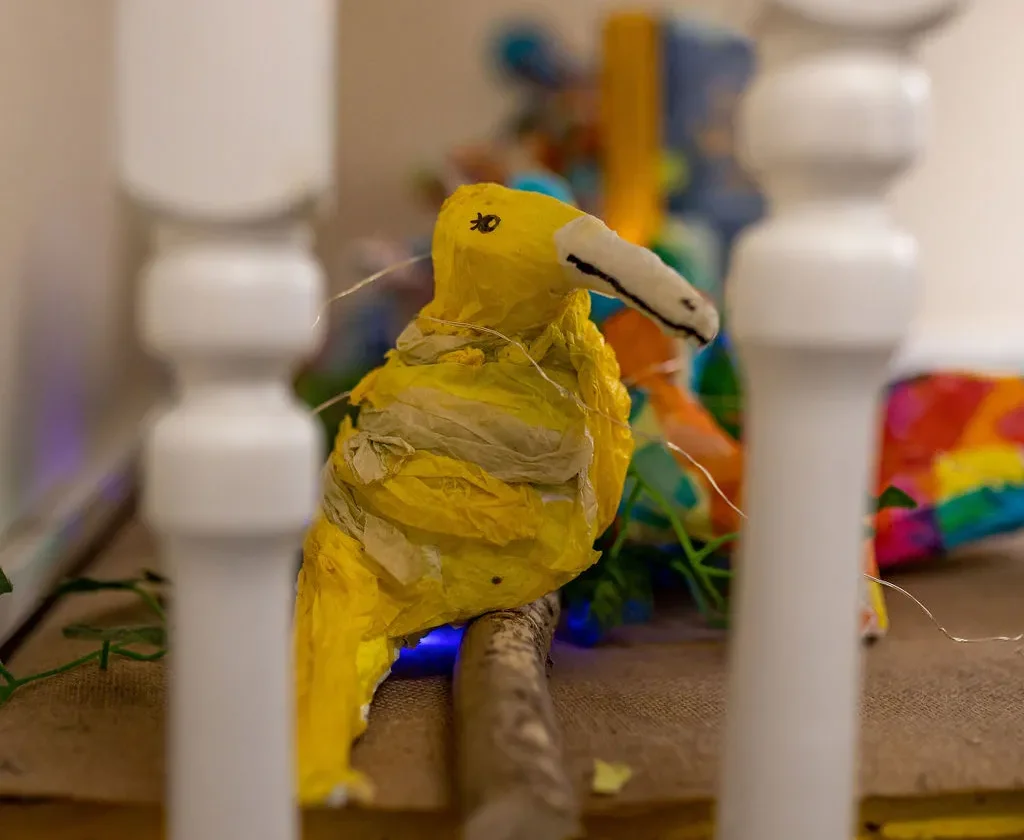As a school, we believe that art is a vital and integral part of children’s education. It provides them with opportunities to develop a range of ways in which they can share and express their individual creativity, whilst learning about and making links with a wide spectrum of different types of art in our society. Art contributes to children’s personal development in creativity, independence, judgement and self-reflection. Moreover, it enables pupils to develop a natural sense of wonder and curiosity about the world around them and therefore links strongly to our school values. The focus is in developing proficiency in drawing, painting, understanding colour and shade and sculpture, with the overall aim of developing a rigorous understanding, critical awareness and inspiration of art and design. We also aim for children to understand local artists and their contribution to wider society.
The art curriculum will develop children’s critical abilities and understanding of their own and others’ cultural heritages through studying a diverse range of male and female artists and designers throughout history.
Children will develop their understanding of the visual language of art with effective teaching and carefully thought out sequences of lessons and experiences. Understanding of the visual elements of art and design (line, tone, texture, colour, pattern, shape, 3D form) will be developed by providing an accessible and engaging curriculum which will enable children to reach their full potential.
The Art and Design subject leader is Sam Donaldson.
Further information regarding our Art & Design curriculum can be found by clicking on the link below.


